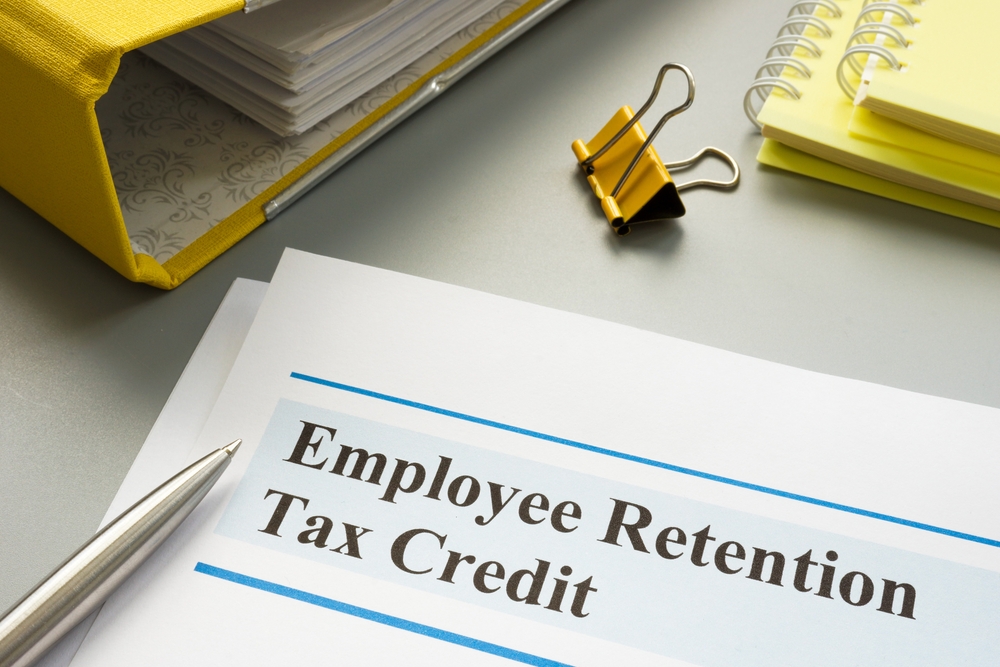Healthy Pet Foods For Owners On A Budget
Is feeding your pets the healthiest food possible a priority for you? Find out how to get healthy pet food without breaking your budget.
Pets are family members. If you own one, you are responsible for his or her care. That relationship can last for many years. Over the course of that time, certain unavoidable expenses can add up. One of those expenses is the cost of pet food. According to figures compiled by the American Kennel Club, the average annual cost to feed a dog ranged from $120 to $900. More recent figures range from $250 to $700 per year, depending on the size and appetite of the dog. Expenses to feed a cat are often lower, but they can still add up.
The figures above do not necessarily reflect the real costs of feeding pets, especially when health is a top priority. Many pets have very specific dietary requirements. Those requirements can also change over time. Age is a factor in the nutritional needs of pets. Development of certain medical conditions can also alter dietary needs. That is why, as a pet owner, you need to keep informed about why healthy pet food is important and how to find it on a budget.
How Can Healthier Foods Make Your Pet Happier?
Healthy pet food is important for many reasons, not the least of which is happiness. That includes happiness for you and your pet. When a pet is eating the best possible foods, it has many benefits for him or her, as well as the pet-owner relationship. Some of them include:
-
More Energy
-
General Daily Comfort
-
Proper Weight Maintenance
-
Prevention of Certain Diseases
-
Better Mobility (Improved Joint Health)
-
Potentially Increased Life Span
What Ingredients Should You be Avoiding in Your Pet's Food?
Sometimes, it is difficult to tell which foods are healthy for your pet. Reading and knowing how to interpret pet food labels is essential. One of the first important things to learn is that some pet food ingredients can harm your pet directly because they have unhealthy properties. Others do harm over time because they are only fillers. They do not provide a lot of nutritional value for your pet. Here are some examples:
-
Sodium Hexametaphosphate is a common ingredient in certain dental chews and foods for pets, especially dogs. It is good for removing tartar from teeth. However, consumption of large amounts over time can lead to heart problems and other ailments for your pet.
-
Food dyes are controversial in the world of pet health. Many are approved for use in our foods, but their potential impacts on pets are unknown. That is why many cautious pet owners opt to avoid them.
-
Propylene Glycol is sometimes added to cheap pet foods. It is supposedly added to improve moisture content and flavor. However, it absorbs moisture, and it is toxic to pets in large quantities. Cats are particularly prone to getting sick after ingesting propylene glycol, but it can also harm dogs.
-
Ethoxyquin is a food additive meant to preserve colors. Studies indicate it is potentially hazardous to pets because it can cause kidney and liver damage over time.
-
Carrageenan is typically used in certain cheap wet dog food brands. The substance itself is not harmful. However, food not used within a certain time can begin to degrade, leading to its conversion into poligeenan. That substance is suspected of causing stomach ailments in pets. Some studies indicate it also may increase cancer risks.
What Ingredients Are Healthiest for Your Pet?
Knowing which ingredients to avoid is half the battle when it comes to selecting healthy pet food. However, that still leaves many mediocre ingredients and only comparatively few ideal ingredients. Healthy ingredients can vary somewhat between dogs and cats. They can also vary in individual cases, such as if a pet has a particular food allergy. However, some popular health pet food ingredients include:
-
Meat Meal (Chicken, Beef, Fish, Lamb Etc.)
-
Vegetables (Excluding Certain Hazardous Vegetables, Like Onions)
-
Soy
-
Barley
-
Oats
What Should You Watch Out For When Reading Pet Food Labels?
When you own a pet, you must know how to interpret pet food labels. Certain ingredients are often listed in misleading ways. For example, whole meats contain a lot of water. Meat meal does not. Therefore, meat meal has the higher nutritional content, despite sounding inferior. Another example is corn. It is common in many pet foods, and it comes in many forms. When manufacturers list each form separately, corn may not look like the main ingredient it is. For instance, the percentages of kibbled, ground, and flaked corn may all seem low. Yet, added together they could make up most of the product.
In the case of cat foods, meat sources are particularly important. Meat by-products are less healthy than plain meat sources. The best cat foods must have high protein levels. That is why ingredients like salmon, chicken, or beef typically receive top billing on the labels of the best cat foods. Carbohydrates like grains are also good for cats, but only in lower quantities. They should not make up the main portions of cat food products.
What Are the Top Affordable Healthy Pet Food Brands?
If you want to purchase commercial pet food, identifying the healthiest brands is vital. One brand with an excellent reputation is Hills Science Diet. It is available for dogs and cats. However, it is not always considered the most affordable. Here are some brands that may fit your budget better:
Are There Other Ways to Get Affordable Healthy Pet Food?
If you are interested in high-end healthy pet food brands but feel they are out of reach, there are some alternatives. One is you can make your own high-end pet food using natural ingredients. If you opt to do so, make sure it is with your vet's approval and supervision. The vet can tell you exactly which ingredients your pet needs. Another option is you can take advantage of sales, coupons, and rebates to get high-end pet food at a discount. Often, pet food has a long shelf life. That can allow you to stock up, as sales allow. Then your pet can always have access to the healthiest food.


